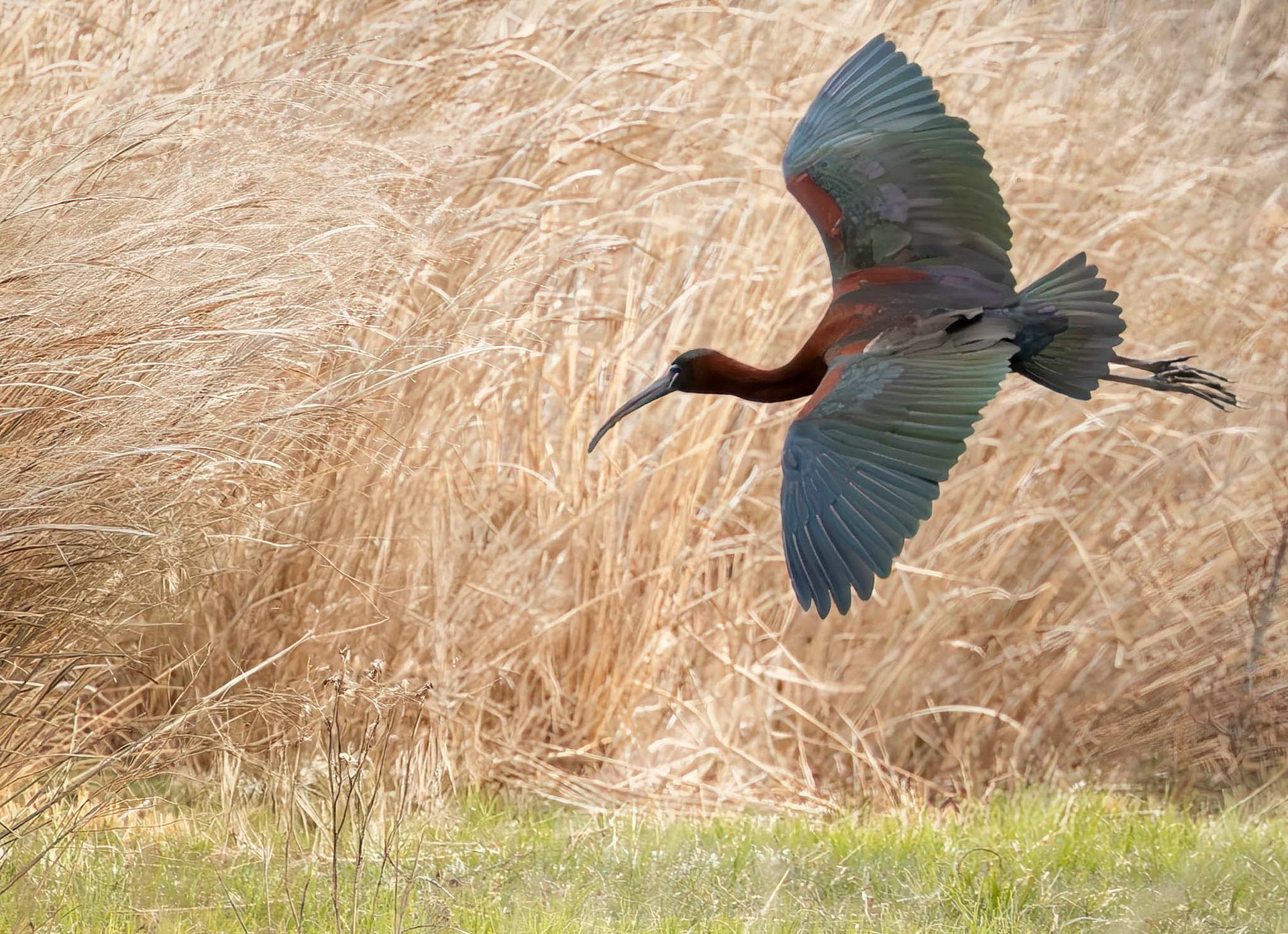Keep Calm and Bird On: May 2025
“If you don’t look, you don’t see. You have to go and look.”
-Edith Andrews

This month could be extraordinary. No, I don’t have a crystal ball. But if April was any guide, we can expect something unusual. By this final week of April, Nantucketers have already seen a baker’s dozen Glossy Ibis. They fall into the “rare but regular” category—not the usual suspects, but typically doled out one at a time when they do arrive.
Add in a Painted Bunting—again, unusual for this time of year in our neck of the woods—a Prothonotary Warbler, a Worm-eating Warbler, a couple of Blue-gray Gnatcatchers, a Tri-colored Heron, a Western Cattle Egret, a Vesper Sparrow, and a European Whimbrel subspecies, and you’ve got an unusual embarrassment of riches.
Spring records are of particular interest. Spring migrants have already survived two long journeys and a winter—a process that claims many birds of the year. Adults will now be looking for territory and a mate to raise a family, possibly extending their breeding range.
But spring adds another question: why? What is going on in our world?
This year has brought some brutal weather to the center of the country. We've seen a wild roller coaster of heat and cold, rain and snow, tornadoes, floods, wind, hail, and fires. Perhaps these unexpected birds are just... getting out of the way?
We know birds have survived many cataclysms over their millions of years of evolution. Two tagged birds flew back to where they hatched, then took off on a 400-mile flight south, avoiding a bad storm—returning two days later once it had passed. How?
One theory is that birds may be able to hear the low-frequency sounds of storms still far away. We don’t know how. But with birds, no matter how much we do know, there is always more to learn.
Image of an adult Glossy Ibis by Tom Griswold.
Recent Posts




